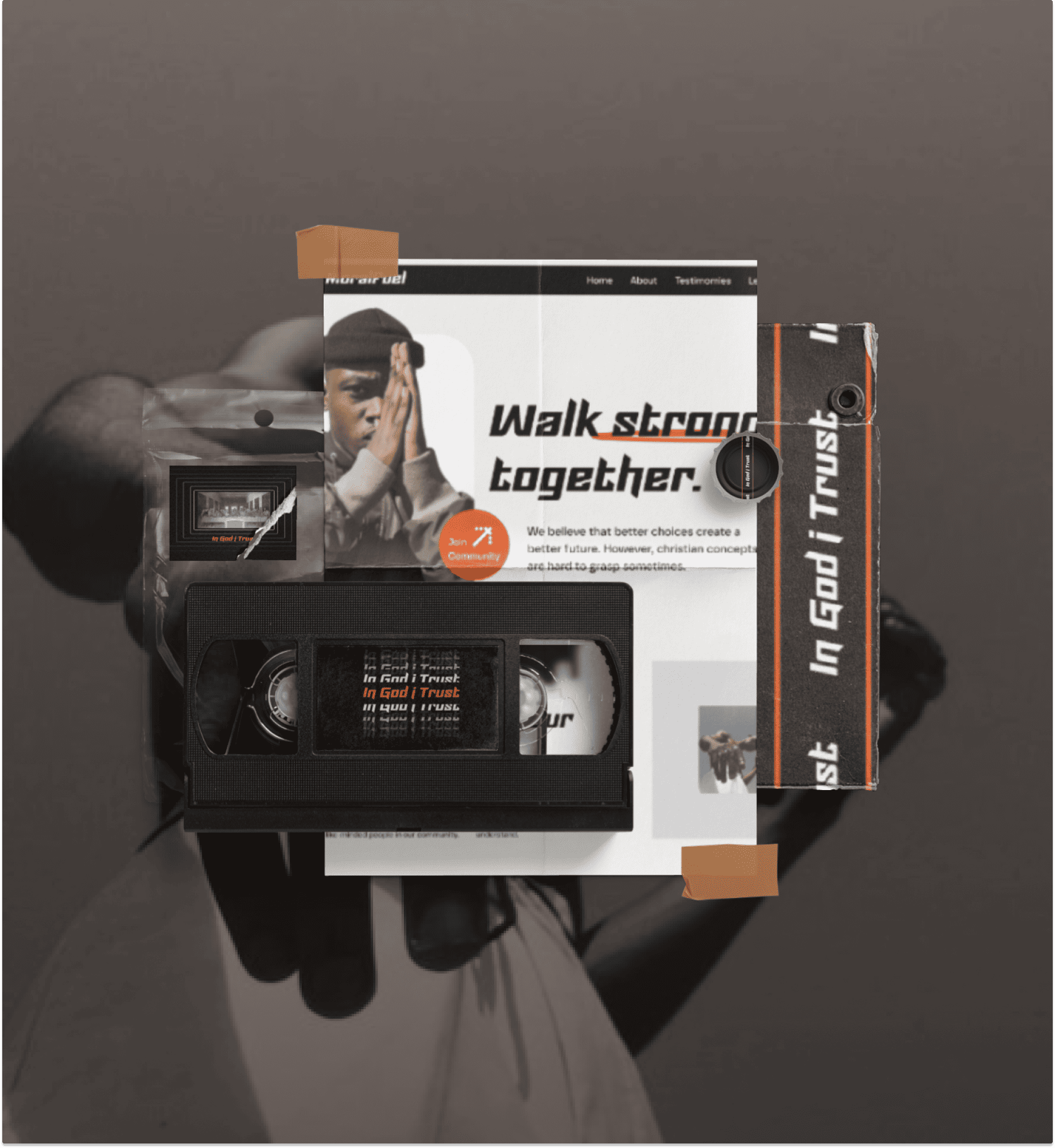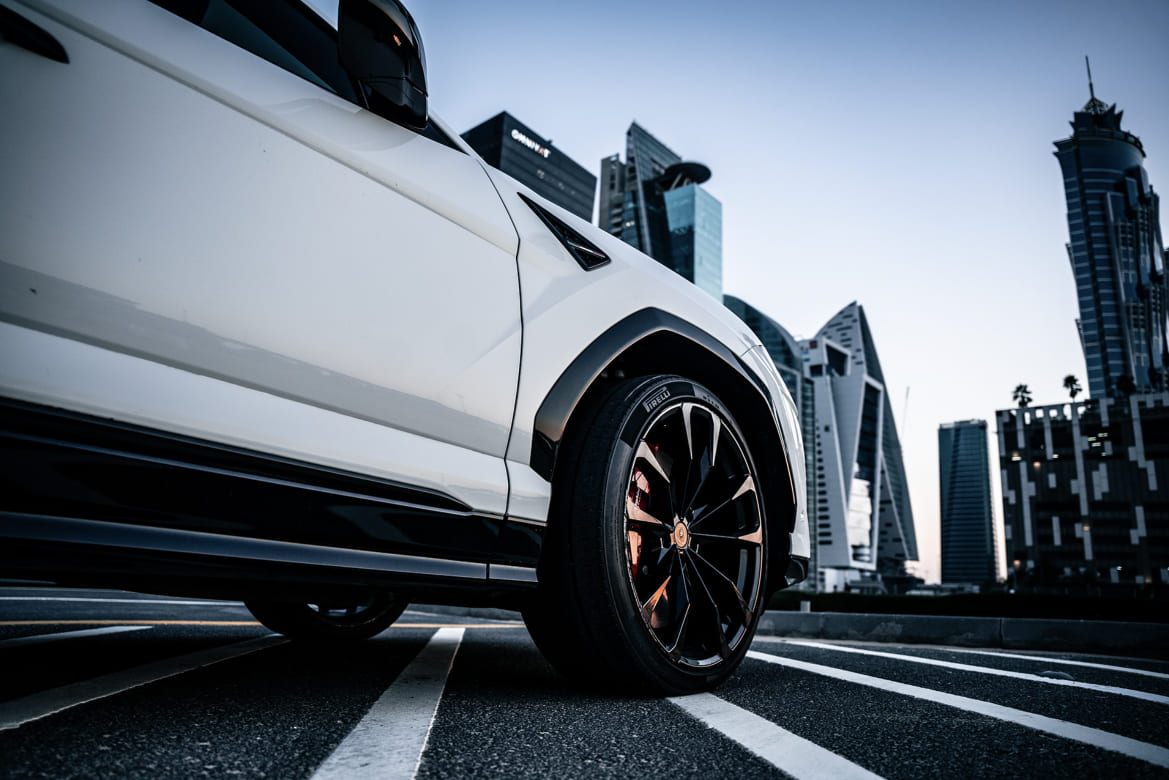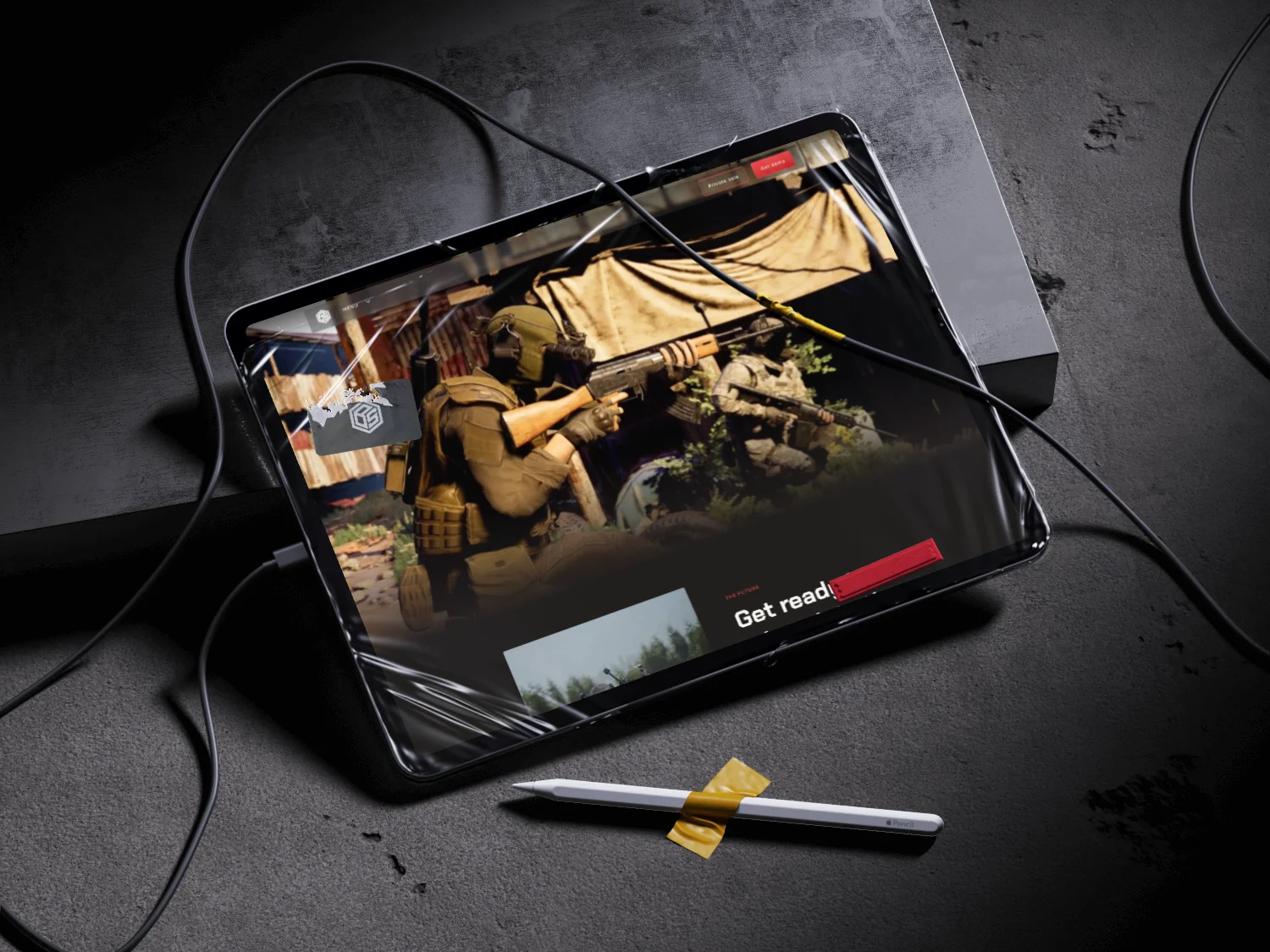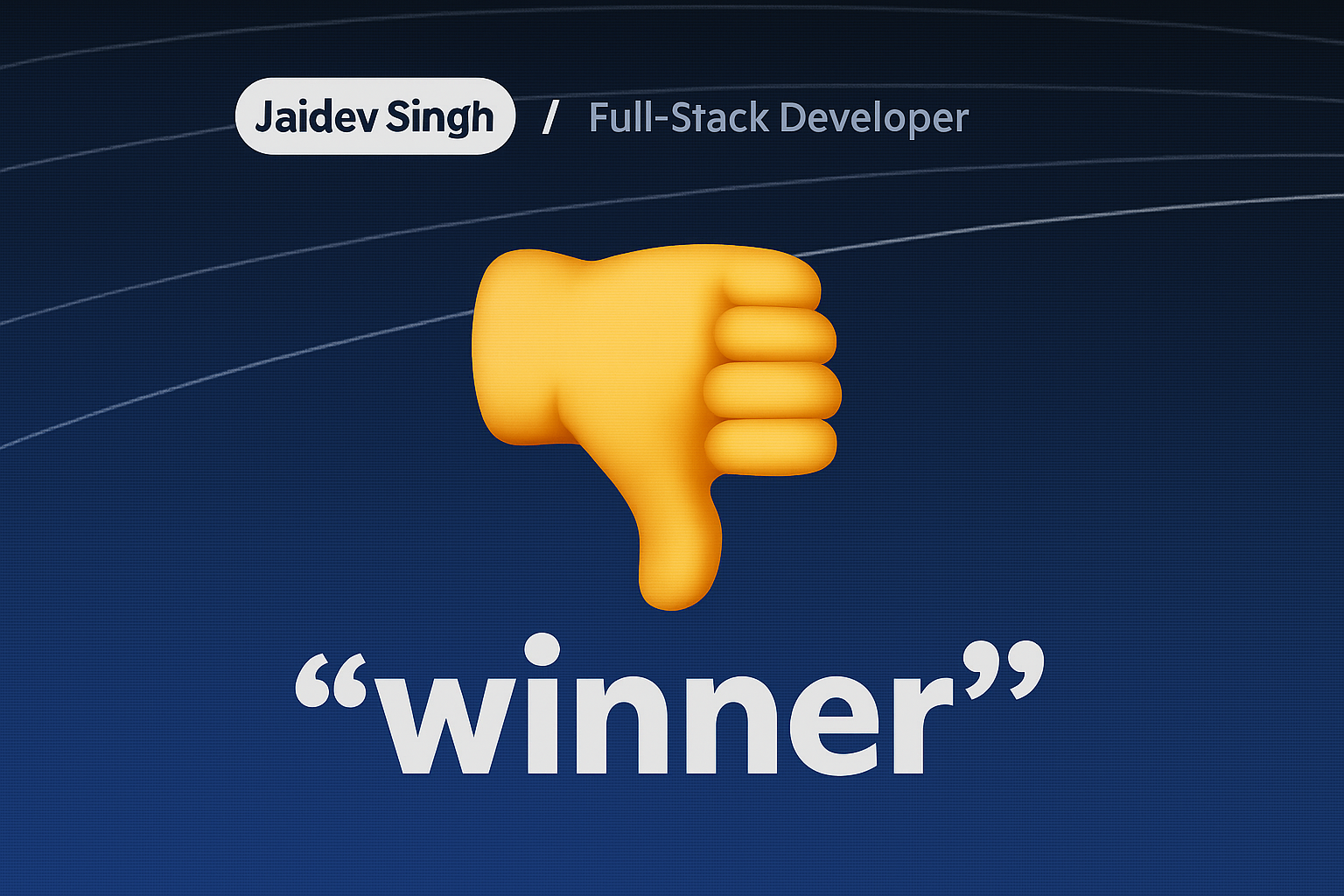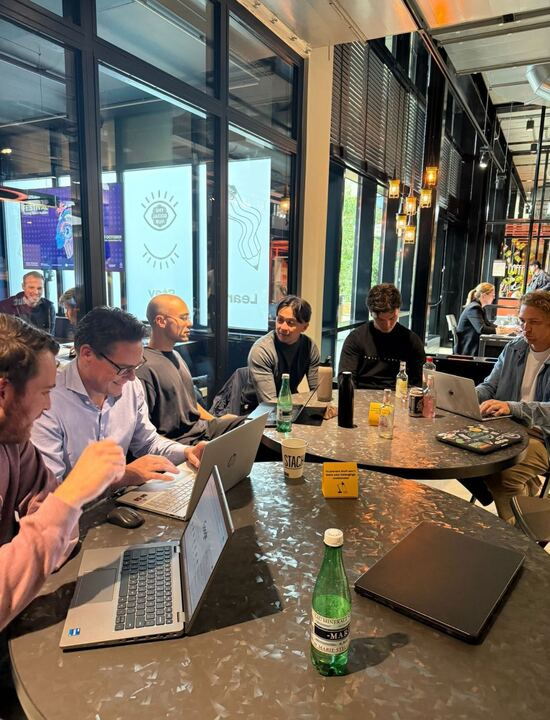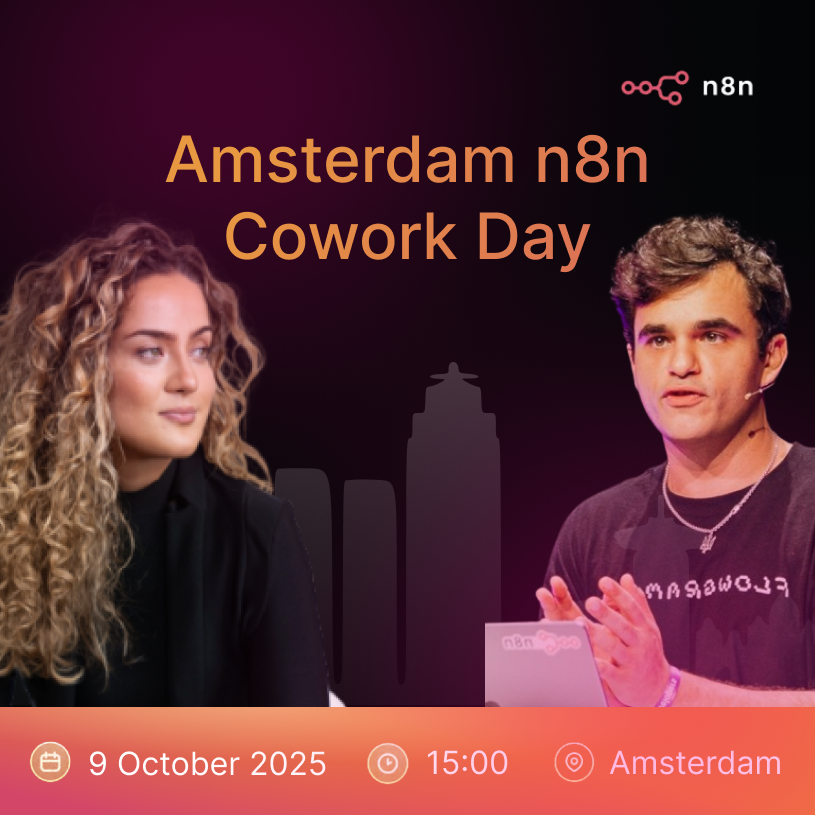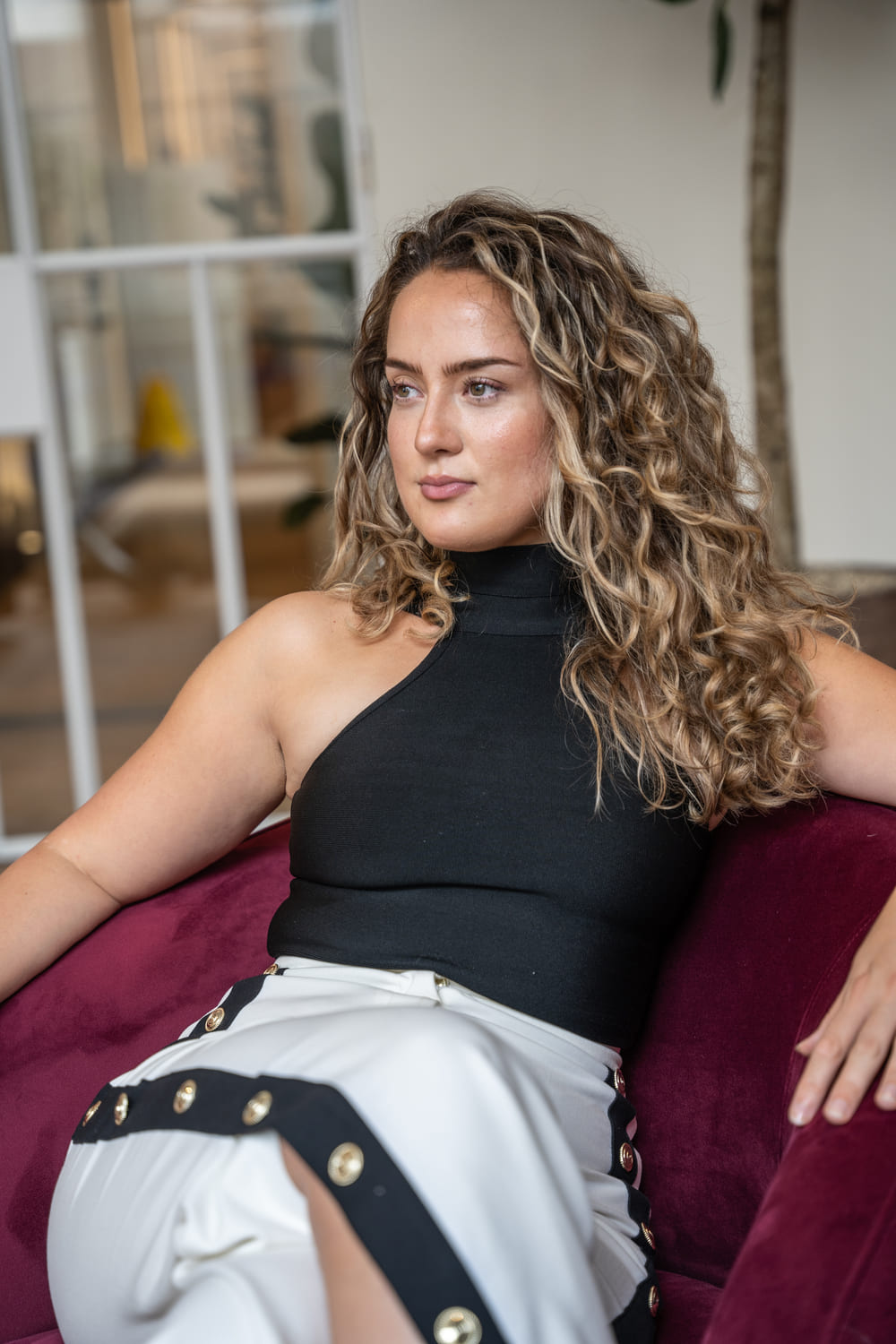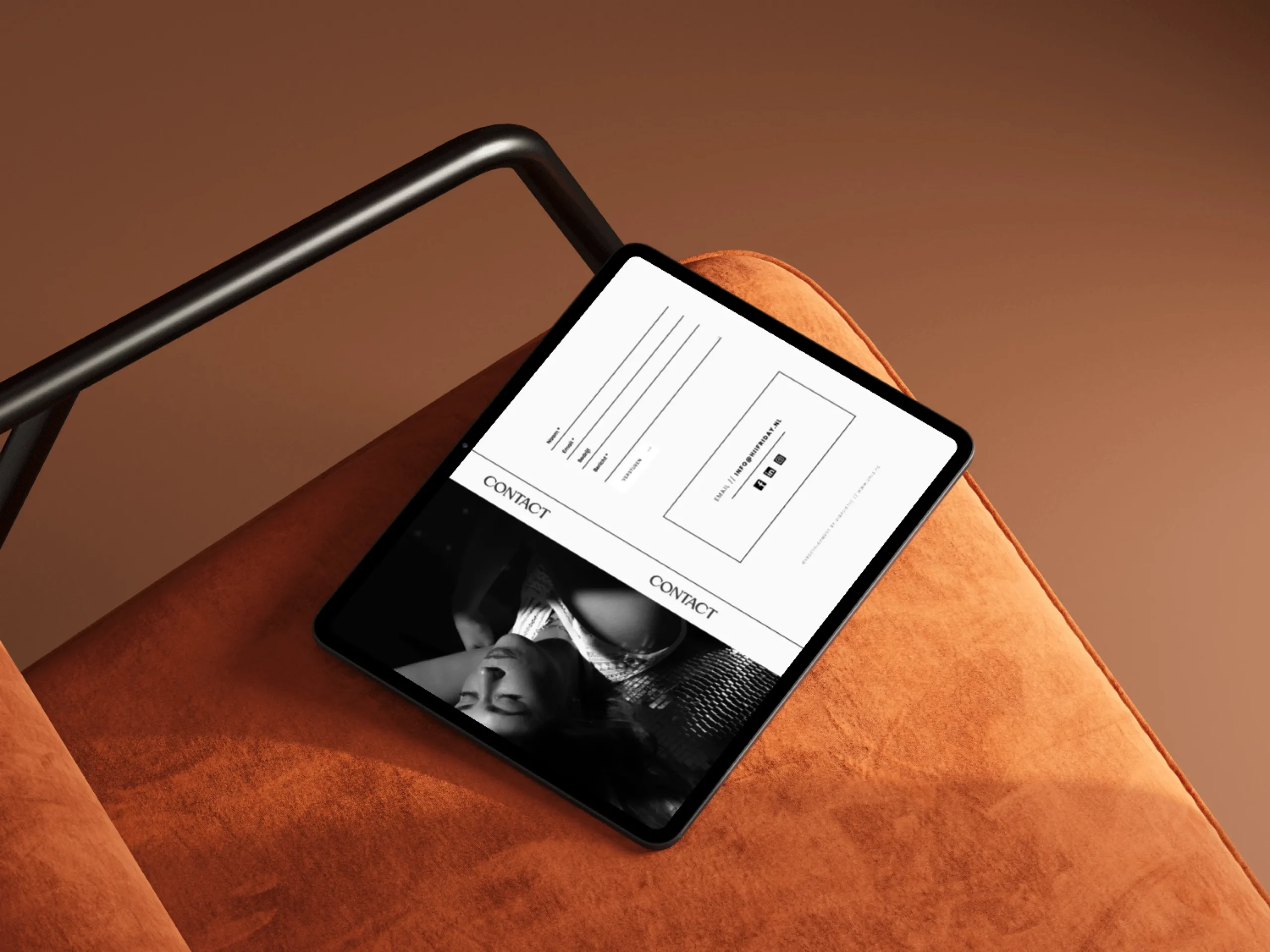Last updated:
September 09, 2025
Brand Authority: Proven Strategies
Build essential brand authority! Discover proven strategies to transform your business from noise into a category leader. Learn more now.
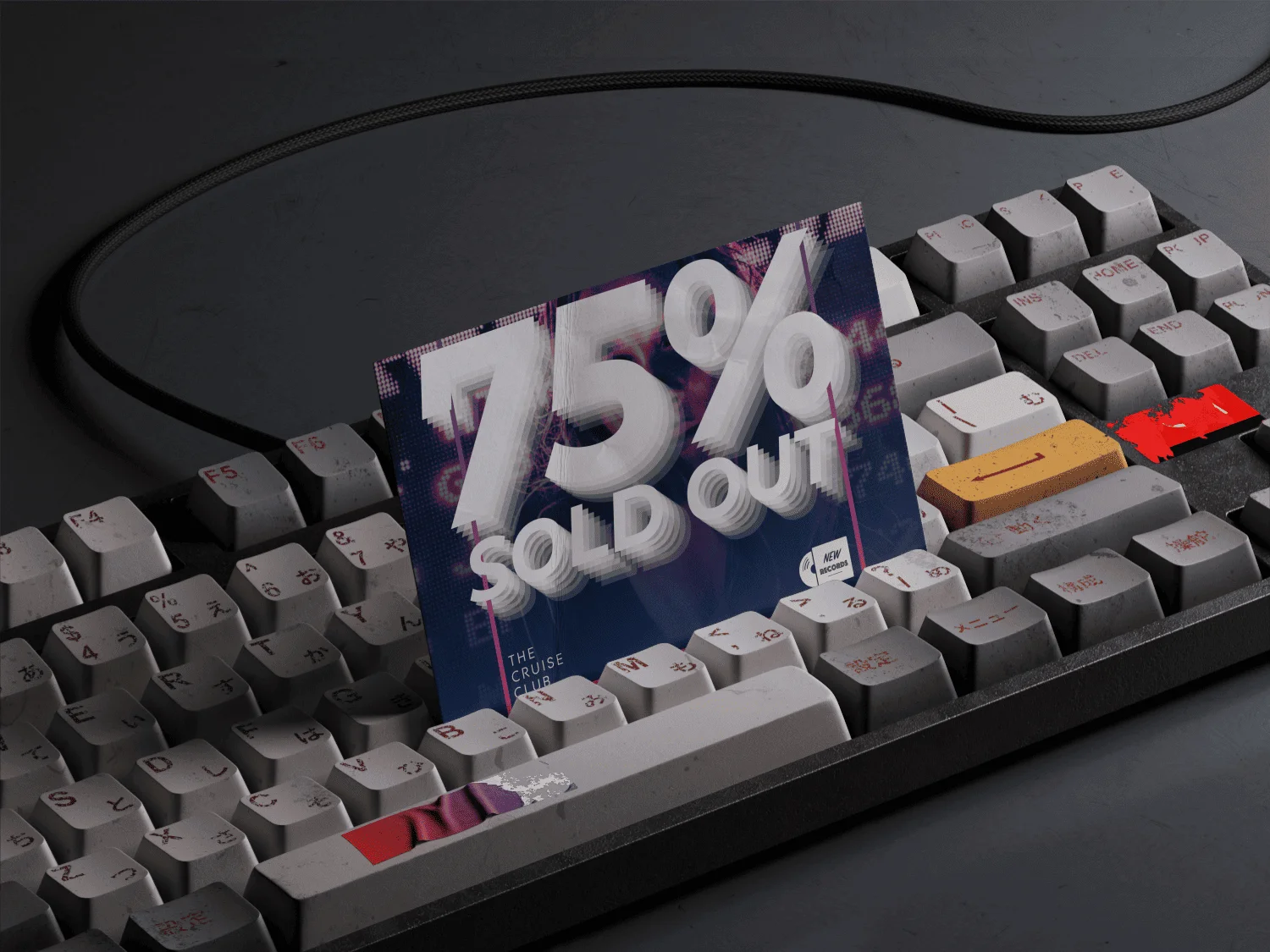
Brand Authority Is The Difference Between Noise And Authority
You’re moving fast, your pipeline is real, and you can feel the ceiling lowering. The work is premium, the team is sharp, but your brand? It’s lagging behind. Here’s the hard truth ambitious founders already know: the only difference between piracy and a government is branding, Brand Authority.
Strip away the flags, titles, and ceremony, and you’re left with people making claims. Branding turns claims into credibility, noise into authority, and “just another company” into a category leader.
For example, we often meet teams with a stunning luxury car detailing business, especially those specializing in classic cars. Their craft is meticulous, their prices reflect real expertise, yet their website looks like a computer virus. Therefore, trust evaporates before the first call. If your service is high-value, your brand must match that value. A serious, conversion-ready website, around a 10K investment, includes strong branding, real photography, and a clear narrative. It isn’t “just a website.” It’s how you get taken seriously, the same way a tailored suit, a fresh haircut, and a well-kept car change the room when you arrive.
Why Branding Decides Whether People Believe You
Firstly, branding assigns meaning. Your logo, typography, tone of voice, and visuals signal standards before you say a word. Secondly, branding reduces risk. Buyers choose the safer option when stakes are high, especially for premium services. Lastly, branding aligns your team. When everyone speaks the same language and tells the same story, execution compounds.
In addition, branding is not decoration. It’s the system people use to interpret you: Who are you for? Why should anyone care now? What makes you different? When those answers are obvious, decision-making speeds up, for prospects and for your team.
Dress Your Business The Way Your Work Deserves
You wouldn’t roll into a client meeting in a suit held together with duct tape. In the same way, arriving online with outdated visuals, blurry images, and slow load times makes every conversation harder than it needs to be. Conversely, when your website looks clean, photography is intentional, and the message is precise, your perceived value rises immediately.
Arrive humble, yes. But arrive prepared. A “good car” that’s well maintained signals care. Your brand should do the same.
What “Branding” Actually Includes (Beyond A Logo)
Great branding is a practical toolkit for growth. At Viralistic, we build:
-
- Positioning and story: who you’re for, the problem you solve, and why you’re the obvious choice.
-
- Visual identity: logo, color, type, layout rules, and imagery that feel premium and coherent.
-
- Messaging framework: headlines, elevator pitch, proof points, and product/service narratives.
-
- Website built for conversion: speed, clarity, and a buying journey that removes friction.
-
- Photography direction: real people, real craft, real product. No stock fluff.
-
- Content and SEO system: topics, cadence, and structure that build authority over time.
If you’re curious about jargon, here’s the plain-English version of terms you’ll hear:
-
- CRO (conversion rate optimization: improving the percentage of visitors who take a desired action on your site)
-
- CTA (call to action: the button or prompt that tells a visitor what to do next)
-
- UX (user experience: how easy and satisfying it is for someone to use your site)
-
- Information architecture: the way content is organized and labeled so people can find what they need
-
- Design system: a reusable set of styles, components, and rules that keep everything consistent
-
- Schema markup: structured code that helps search engines understand your content
-
- ACV (average contract value: the typical revenue per closed deal)
-
- CAC (customer acquisition cost: how much you spend to acquire a new customer)
-
- Brand architecture: the structure that defines how sub-brands relate to the master brand
-
- SEO (search engine optimization: the practice of improving visibility in search engines without paid ads)
The ROI Of Strong Branding
Branding makes growth cheaper and easier. Here’s how:
-
- Higher close rates: clear offers and premium visuals reduce perceived risk.
-
- Price elasticity: strong brands command higher margins without extra convincing.
-
- Shorter sales cycles: prospects “get it” faster, so deals move.
-
- Better talent: A-brand presentation attracts A-level people.
-
- Compounding content: consistent language and visuals make every post, page, and ad reinforce the last.
As a result, your marketing becomes a system, not a gamble. The brand earns trust while you sleep.
Common Gaps We Fix (And Why They Cost You)
We see the same issues across funded startups and scale-ups:
-
- Message–market mismatch: your site speaks in features, while buyers want outcomes.
-
- Visual inconsistency: each page looks like a different company; trust erodes.
-
- Weak photography: generic stock makes premium services look ordinary.
-
- Slow site: speed kills friction; delay kills deals.
-
- Unclear prompts: if the next step isn’t obvious, visitors bounce.
-
- Scattered search presence: content is unplanned, so authority never compounds.
How Viralistic Builds Brands That Convert
We’re light-weight, fast, and collaborative—easy to reach on WhatsApp, deeply involved, and focused on outcomes. Our process is designed for ambitious teams who don’t want to micromanage:
-
- Diagnostic sprint: interviews, analytics, and a competitive scan to find signal in the noise.
-
- Story and positioning: sharpen the narrative so prospects see themselves in your copy.
-
- Identity and design system: elegant visuals built for speed and consistency.
-
- Website rebuild: clear structure, fast load times, and purposeful prompts.
-
- Photography direction: a shoot plan that makes your craft visible and credible.
-
- Content and SEO engine: topics, briefs, and on-page structure that build authority.
-
- Measurement: dashboards that track conversion, pipeline quality, and content lift over time.
Ultimately, this is about confidence. You’ll know your growth engine is built properly—and you’ll see it in leads, close rates, and margin.
Mini Case Examples: The Magic Of Branding In Practice
1) Classic Car Detailing Studio — From “Maybe Later” To “When Can You Start?”
Intro: A boutique detailing studio specializing in concours-level restorations had world-class hands, but their online presence looked unsafe and dated.
Case: Average job value was high, but inquiries were sporadic. The site loaded slowly, used harsh neon colors, and relied on stock photos that looked nothing like their real work.
Application: We reframed the story from “detailing services” to “heritage preservation.” We built a premium visual identity inspired by classic gauges and period-correct palettes, crafted a clean website, and directed a one-day shoot of actual restorations. Clear “book an assessment” prompts guided visitors to a calendar.
Pros: Higher perceived quality, faster trust, and better lead quality. Cons: Photography added cost and one day of operational downtime.
Takeaway: If you sell craft at a premium, your brand must show the craft. Real photos and restrained design signal care—and justify price.
2) B2B SaaS Scale-Up — Clarity That Shortens Enterprise Sales
Intro: A SaaS team had strong retention but a homepage that read like a feature dump.
Case: Enterprise buyers were confused; sales spent hours re-explaining value.
Application: We shifted messaging to business outcomes, introduced proof visuals (customer logos, case stats), and simplified the buying journey with a single primary prompt to “Book A Demo.” We also structured content so search engines and buyers could both understand it.
Pros: Fewer objections, shorter cycles, stronger pipeline. Cons: Internal alignment required rewriting sales decks and onboarding materials.
Takeaway: Clear stories win big deals. When the website does the heavy lifting, sales accelerates.
3) Luxury Home Fragrance D2C — From Pretty To Profitable
Intro: A design-forward brand had beautiful packaging but a confusing store.
Case: Many visitors, low add-to-cart. The visuals didn’t guide decisions (scent families, burn time, room size).
Application: We organized information so people could choose faster, created scent guides, and introduced purposeful prompts on every page. Product photography showed scale and context.
Pros: Higher basket size and fewer returns. Cons: Required reshooting legacy images to match the new standard.
Takeaway: Beauty without clarity stalls revenue. Premium plus practical wins.
4) Professional Services Firm — Trust At First Scroll
Intro: A boutique consultancy had senior talent but junior presentation.
Case: Referrals were fine; cold leads didn’t convert.
Application: We built a restrained identity, captured confident portraits, and rewrote the offer pages to lead with client outcomes, not internal methodology. The site now communicates authority within seconds.
Pros: More qualified inquiries and stronger pricing power. Cons: Team needed media training for on-site photography.
Takeaway: In services, you are the product. Show up like a pro and buyers will respond.
5) Hardware Scale-Up — Premium Without The Pretense
Intro: A mid-sized manufacturer built exceptional equipment but looked commodity online.
Case: They competed on price by default.
Application: We positioned them around reliability and lifetime economics, created factory and field photography, and built a resource library that answered buyer questions directly.
Pros: Reduced price pressure, stronger inbound. Cons: Content discipline: the library required ongoing publishing.
Takeaway: When you educate and look premium, you stop haggling and start selecting clients.
What A 10K Website Really Buys You
It buys confidence. It also buys a system: strategy, identity, a performance-grade site, purposeful prompts, real photography, and a content plan that compounds. In addition, it buys speed—because you’ll stop debating and start executing.
Ready To Be Taken Seriously?
If you’re scaling and “the brand doesn’t reflect who we are anymore,” let’s fix that. We’ll bring strategic clarity, a conversion-ready site, and a content engine that moves the needle. Curious what this looks like for your team? Reach out now: https://viralistic.nl/contact/
People Also Ask
What is the difference between branding and a logo?
Branding is the full system—story, visuals, voice, and experience. A logo is one element inside that system.
How does branding improve conversion?
Clear messaging, premium visuals, and obvious next steps reduce friction so more visitors take action.
Is a 10K website worth it for a small company?
If your average deal size or lifetime value is meaningful, one or two deals can repay the investment—and the brand keeps working every day after.
Why is photography so important in premium services?
Real photos prove craft and build trust. Stock images signal “generic,” which hurts perceived quality.
How long does a rebrand take?
Typically 6–10 weeks for strategy, identity, and a conversion-ready site, depending on scope and team availability.
Do I need to redo everything at once?
No. Start with positioning and the homepage, then roll out the identity to key pages, sales materials, and content.
What’s the fastest way to improve our website today?
Simplify your headline, show a specific proof point (e.g., a result or logo), and add a single, clear prompt for the next step.
How does branding impact price?
Strong brands increase perceived value, so buyers focus on outcomes—not discounts.
What’s the role of typography and color?
They signal tone and quality. Consistent, well-chosen type and color make you legible and memorable.
How do SEO and branding work together?
Branding clarifies what to say; search strategy ensures the right people find it at the right time.
What is a brand voice?
It’s the personality of your writing—how you sound across website, emails, and social—so people recognize you instantly.
When should a startup rebrand?
When your buyers, pricing, or product have evolved—and the current brand causes confusion or stalls deals.
What’s the minimum viable brand?
Clear positioning, a simple identity kit, crisp photography, and a fast, focused website. Then iterate.
How do we measure branding ROI?
Track conversion, qualified pipeline, sales cycle length, and pricing power before and after launch.
What are common branding mistakes?
Inconsistent visuals, unclear offers, jargon-heavy copy, slow pages, and weak prompts.
What is tone of voice, and why does it matter?
Tone of voice is your brand’s attitude in words. It influences trust and memorability as much as visuals do.
Does accessibility affect branding?
Yes. Accessible color contrast, readable type, and clear structure improve experience and expand your audience.
How often should we update our brand guidelines?
Review quarterly, refine annually, and update when you add new products or markets.
Should founders appear on the website?
Often, yes. For trust-heavy services, showing the team humanizes the brand and boosts response.
Where do we start?
Start with clarity. Define who you serve and the value you deliver. Then build visuals and the website to express that clearly. When you’re ready, we’re here: https://viralistic.nl/contact/
